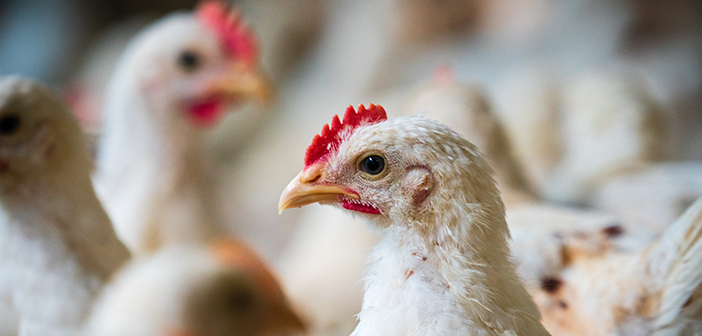According to the latest poultry report from Rabobank, the outlook for the global poultry industry in Q4 2022 and early 2023 remains strong, despite the big challenges across global poultry and some recent setbacks in North America.
Global poultry markets are still performing well, on easing feed costs. “However, some setback in profitability has been seen in the bullish North American markets due to rising supply. European prices have stayed high due to production remaining below 2019 levels,” said Nan-Dirk Mulder, senior analyst, animal protein at Rabobank.
The biggest challenge is on the operational side, with higher feed, distribution, and labour costs. Energy costs will be also a worry, especially in Europe, North America, and northeast Asia. Especially in Europe, the industry should prepare for high cost-impact on production and storage, and potential disruption of availability of inputs like packaging material and CO2 for gas stunning in case of a shut off. Other regions, especially in the Southern Hemisphere, will be less impacted.
Several countries in Africa, the Middle East, and Latin America still face tight local parent stock supply due to the ongoing effects of Covid and AI restrictions on global breeding supply chains. Countries in Southeast Asia, like Vietnam, Malaysia, Bangladesh, and Indonesia, face high local prices, which has led to government intervention, for example in Malaysia, to restrict exports.
Chicken will be the best-positioned protein due its low-price position in times of pressure on consumer spending power. However, with current major cost inflation and supply chain disruptions, the industry should try to keep offering affordable solutions to consumers to reduce the risk of major demand liquidation. This is especially a risk in low-income countries where chicken is an important source of a healthy diet. Operational challenges will slow production growth and keep markets balanced.
The main exception has been Brazil, where despite bullish exports, the industry has struggled with weak local market conditions and rising supply. The situation has improved slightly on higher prices and lower feed costs, but remains challenging.


